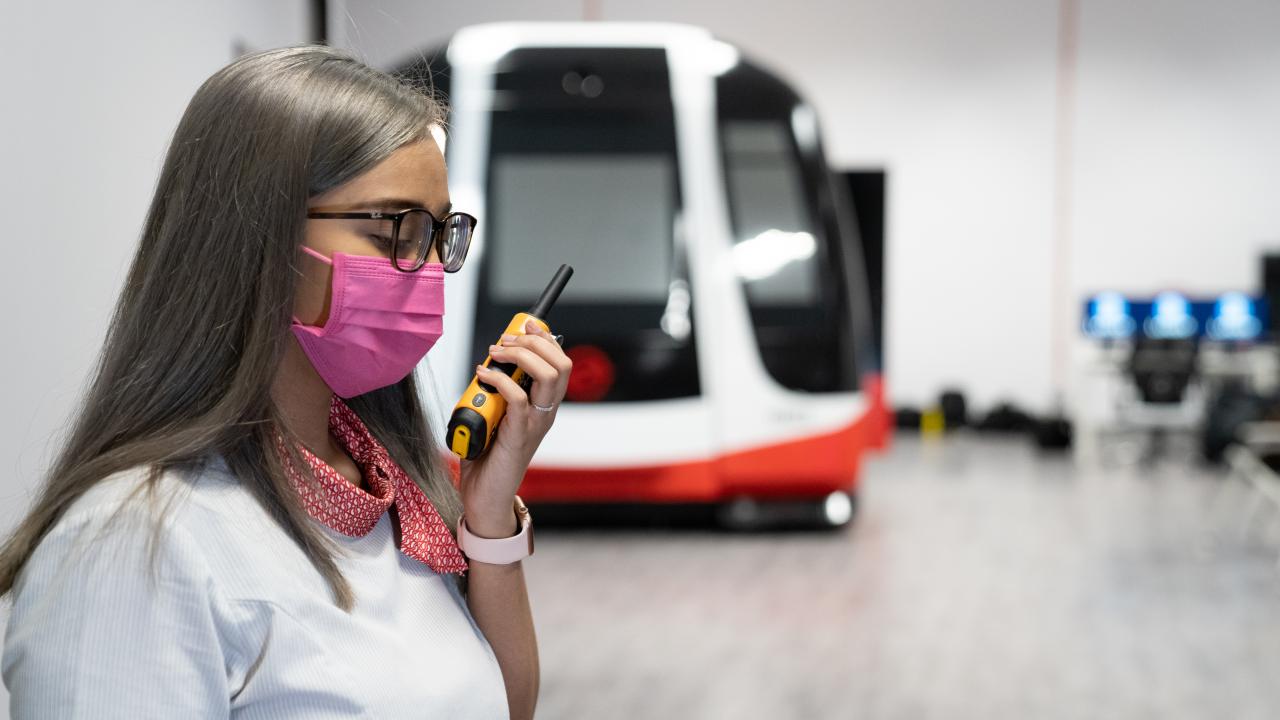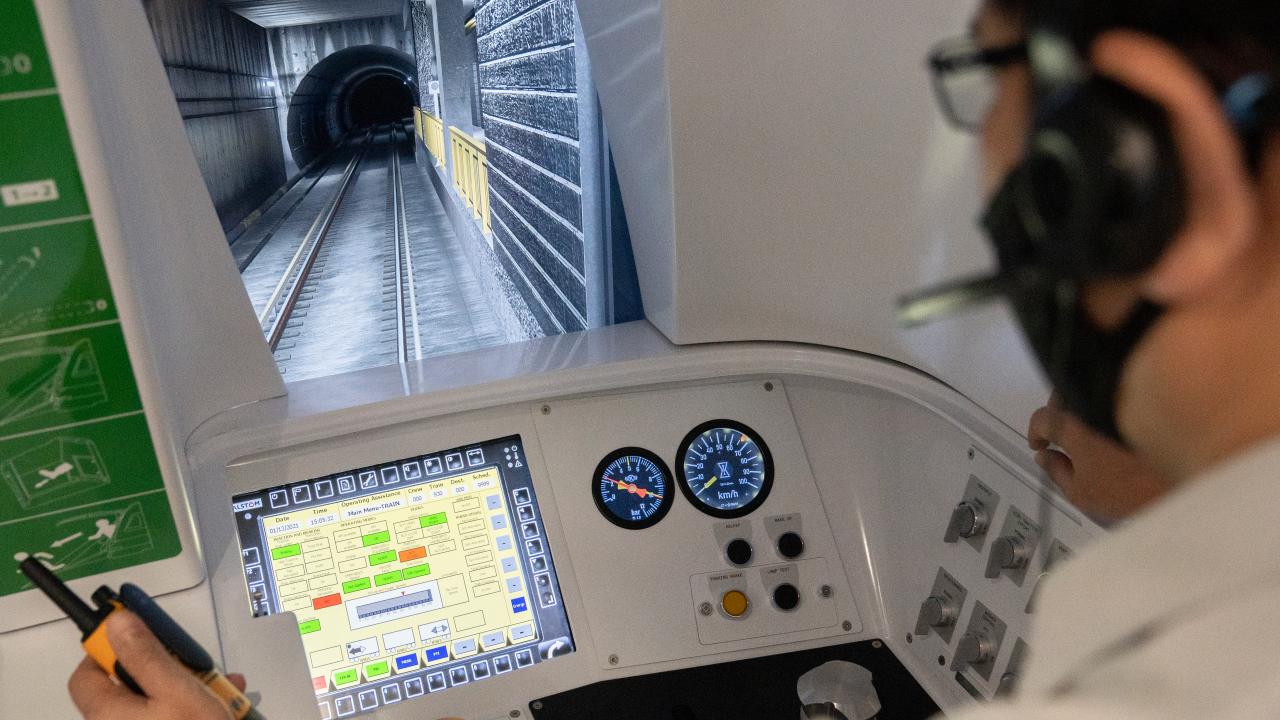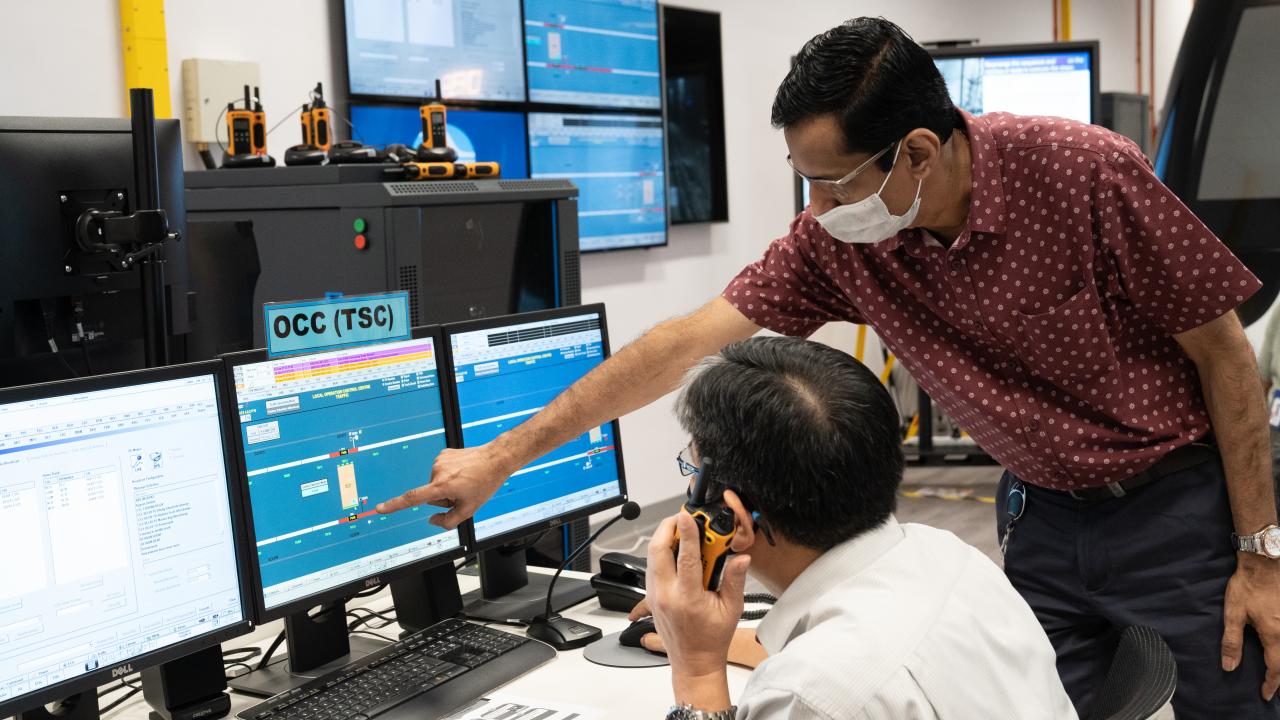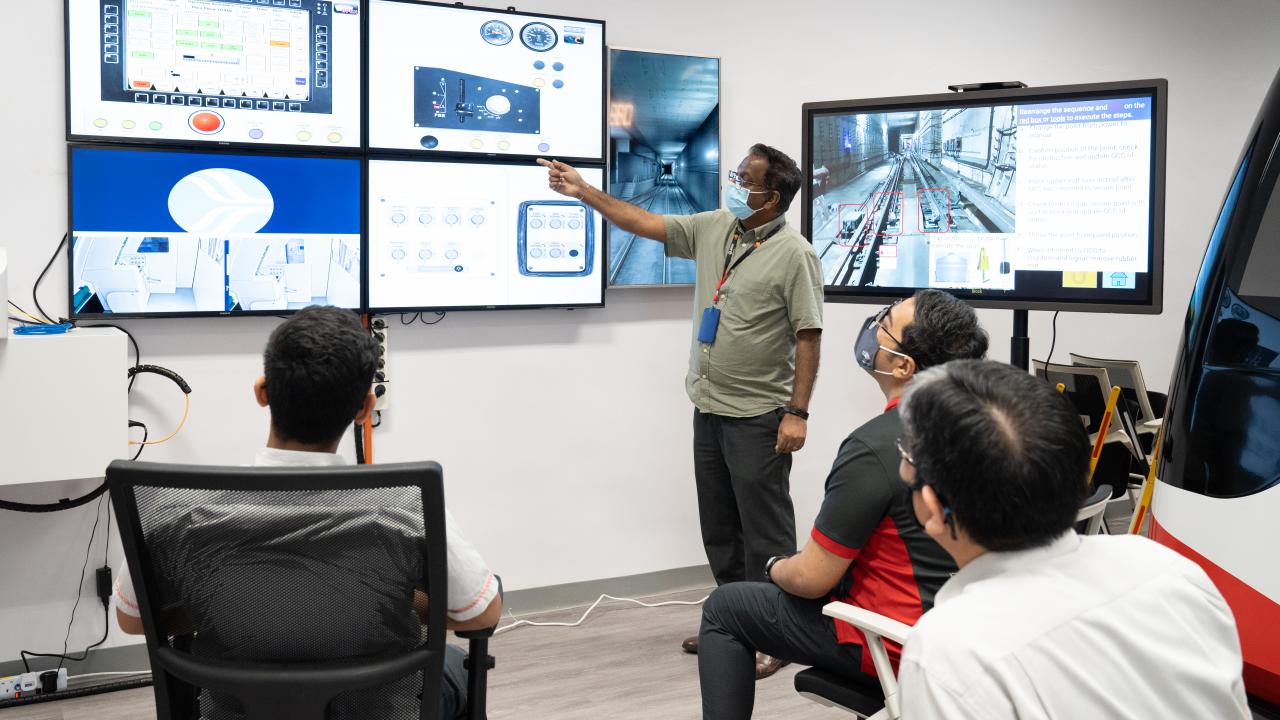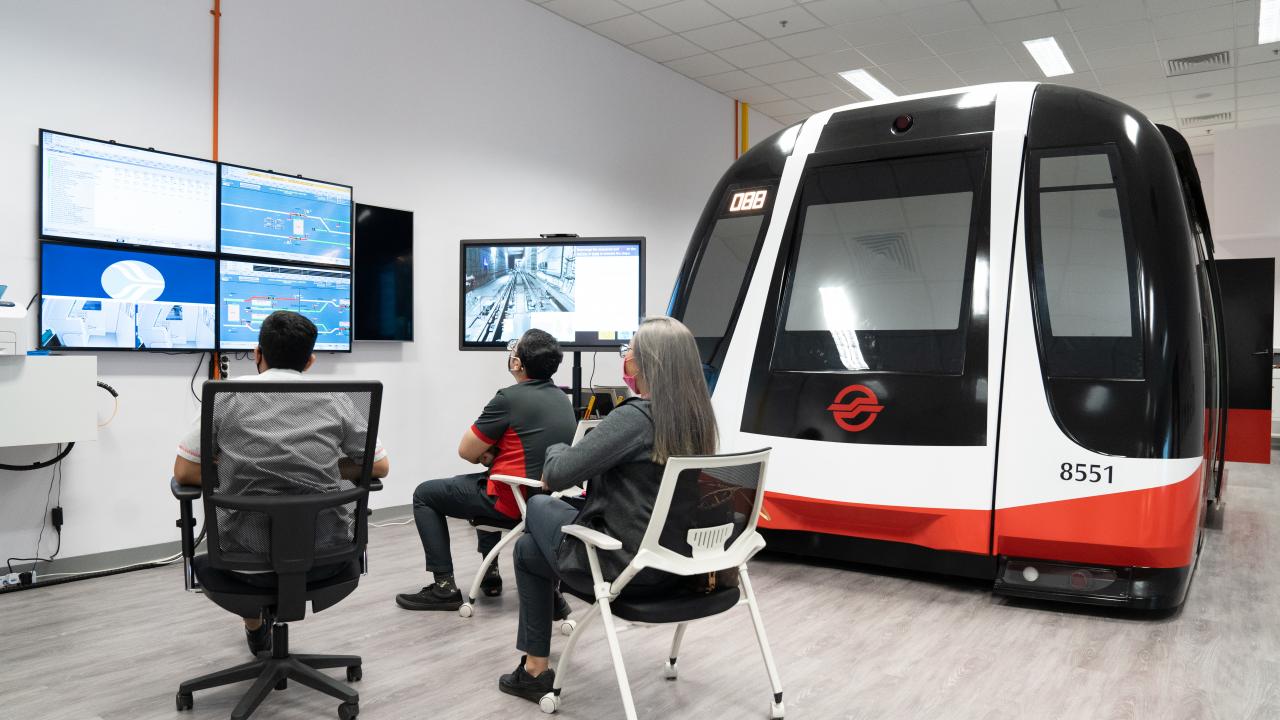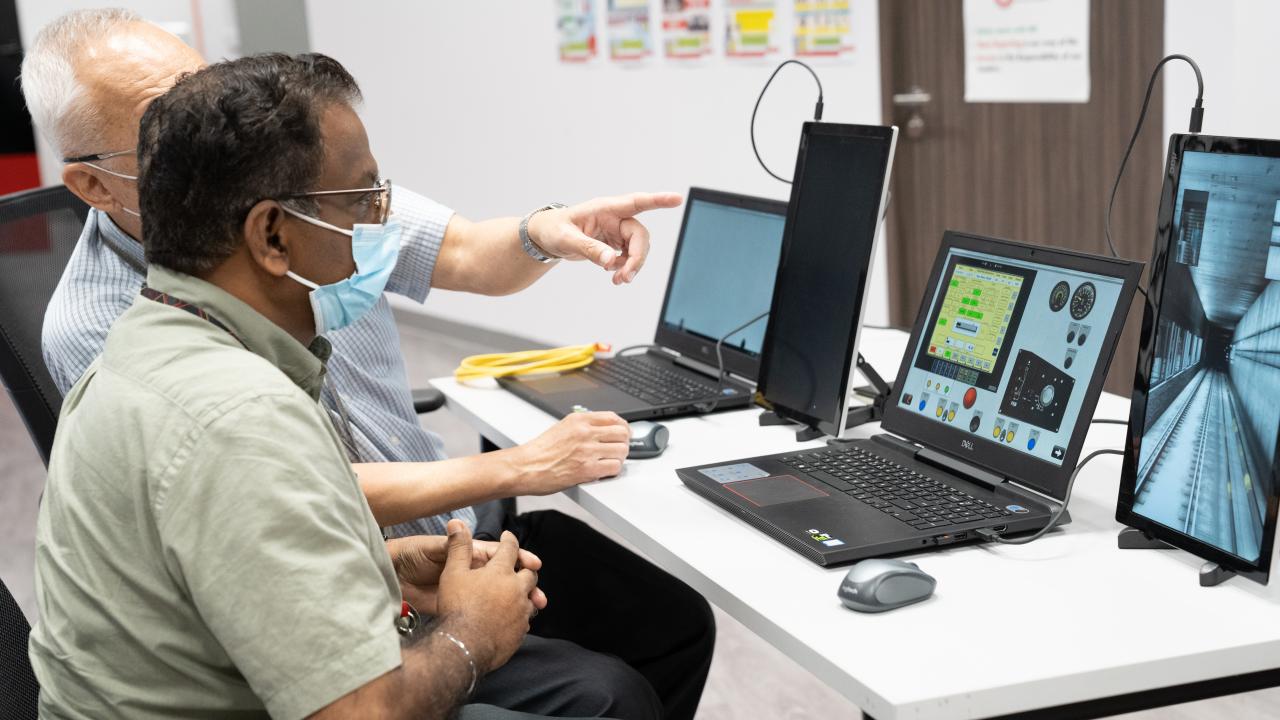Friday, February 26, 2021
SMRT’s experience with collaborative metro simulators
A year ago, SMRT started using the simulation system it had developed together with LANDER to train personnel on the metro circle line they operate in Singapore.
The project included several replica cabs, two OCC stations and multiple laptop simulators, among other things. This collaborative training centre was the first of its kind in the world and one of the most demanding and satisfying projects we have ever undertaken at LANDER. Today, we are able to explain in more detail how the equipment has been used since it was installed in February 2020.
According to SMRT, the main focus has been on refresher training courses for drivers and traffic control personnel. For this, they have developed a specific course that includes different situations and exercises with a range of incidents on the track, train breakdowns, emergency communications with passengers and the use of emergency evacuation doors, among other things. After completing the exercises, the participants attend a debriefing session.
In addition, SMRT says that the simulator system is playing a key role in the collaborative training of drivers and line operators. It has become a key tool for improving communication and teamwork, as well as allowing the personnel to get to know one another. This is something that would otherwise be particularly difficult given the length and size of the line and the lack of opportunity for interaction between personnel, especially since the start of the pandemic. Collaborative training, we are told, helps drivers, particularly new drivers who feel that the line controllers are not accessible, to interact with one another by improving communication and promoting greater collaboration during real operation.
“Drivers and control personnel have the opportunity to train together, interact in the same location and understand what to expect from one another in emergency situations. This would be impossible without the simulator”.
SMRT also highlights the realism and the real-world relevance of the train coupling and rescue exercises on the LANDER simulator, which allows them to train for risk situations involving several vehicles in a safe environment. This minimises the impact on real operation if such situations occur. For this purpose, in addition to replica simulators, they have laptop simulators where they can implement these protocols together, each on their own PC.
Lastly, SMRT has told us about the obvious difficulty of training staff on real vehicles in a driverless operation with as much traffic as this one; and how the simulator is enabling them to do this regularly and more efficiently: saving energy and reducing risks for workers and users.
Once again, LANDER would like to thank SMRT for the trust they have placed in the team and their desire to continue innovating side-by-side in rail simulation.
